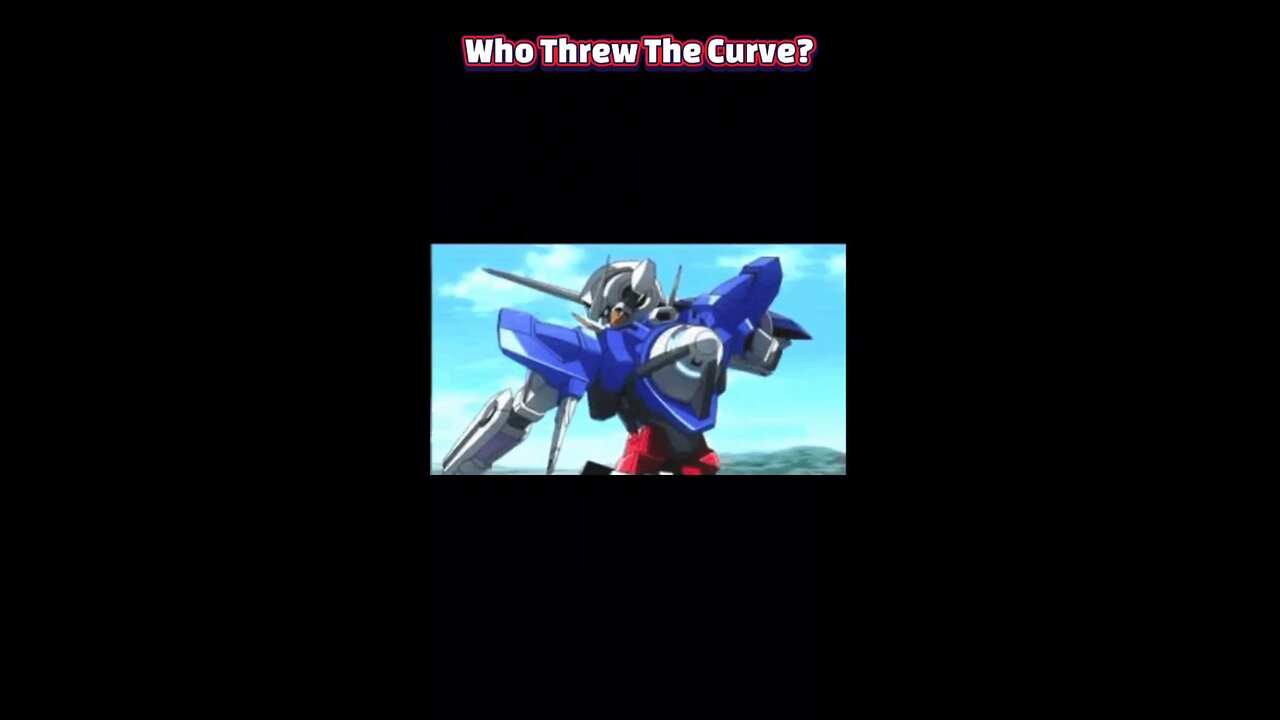Premium Only Content

Before Demon Slayer: 7 Classic Anime Every Fan Must See
#RetroAnime #ClassicAnime #AnimeLegends #OldSchoolOtaku #AnimeHistory #CowboyBebop #MobileSuitGundam #LegendOfTheGalacticHeroes #AnimeRecommendations #AnimeThread #OtakuCulture #AnimeNostalgia #AnimeForLife
Classic retro anime form the backbone of the medium: they show storytelling risk, hand‑drawn craft, and tonal variety that still influence creators today. Watching older series isn’t nostalgia alone; it’s education in pacing, character economy, and how bold ideas were translated to screen with limited tools. A good retro list mixes landmark technical achievements with shows that pushed genre expectations and earned enduring fan devotion.
Start with the revolutionaries: Mobile Suit Gundam turned giant‑robot spectacle into grim human drama and created the “real robot” template, giving anime a mature vocabulary for war and moral ambiguity; Urusei Yatsura brought anarchic comedy and unforgettable characters to mainstream TV, proving anime could be deliriously weird and widely beloved; Legend of the Galactic Heroes expands scope further, turning interstellar conflict into a philosophical study of politics and duty, rewarding viewers who want scale and moral complexity.
Balance those epics with shows that sharpen craft in other directions: City Hunter is pure late‑’80s urban energy, clever cases, kinetic animation, and a lead with charisma and flaws; Astro Boy is mandatory viewing for its role as a structural ancestor to modern anime, introducing serialized character drama and science‑fiction ethics to whole generations; Cowboy Bebop funnels retro influences into a concise, stylistic package where music, episodic noir, and character economy make every episode feel essential.
Close with the visionary: Revolutionary Girl Utena uses surreal imagery and ritualized duels to interrogate identity, gender, and adolescence, demonstrating how animation can handle allegory and psychological depth with a flair that still shocks and rewards first‑time viewers. Across these seven series you see recurring strengths of retro anime, formal invention, thematic daring, and a willingness to leave questions unresolved, which together explain why these shows keep being rediscovered and reinterpreted.
Together these seven titles form a compact curriculum in what anime can do: reframe war as human tragedy, make slapstick feel mythic, write politics like tragedy, and turn adolescence into epic allegory. Watch them for historical context, for the pleasure of bold aesthetics, and for the surprise of how many modern shows trace their roots back to choices these classics made.
-
 LIVE
LIVE
BEK TV
21 hours agoTrent Loos in the Morning - 10/07/2025
1,354 watching -
 LIVE
LIVE
The Bubba Army
21 hours agoChicago Civil WAR? - Bubba the Love Sponge® Show | 10/07/25
4,320 watching -
 4:33
4:33
The Official Steve Harvey
12 hours ago $1.60 earnedEvery time you thought it was over… it wasn’t...
7.67K1 -
 3:07
3:07
NAG Daily
15 hours agoYour Inner Dialogue w/ GreenMan
2.51K -
 3:26
3:26
From Zero → Viral with AI
4 days ago $0.75 earnedAI Isn’t the Strategy — It’s the Tool | How AI Can Transform Political Campaigns
2.93K1 -
 8:09
8:09
DropItLikeItsScott
13 hours ago $0.36 earnedHi Point HP-15 AR Pistol / Accuracy Test
2.17K1 -
 52:59
52:59
CharLee Simons presents DO NOT TALK
5 days agoWTH is a BAD BUNNY?! Sam Anthony vs. Leftist Lunacy
3.16K11 -
 14:00
14:00
Actual Justice Warrior
1 day agoBody Cam DESTROYS BLM Hoax
5.61K16 -
 34:34
34:34
Steph & Kayls
18 hours ago $0.33 earnedHow We Separate Intimate Time : Personal Vs Adult Work | Ep.14
2.85K1 -
 5:42
5:42
Buddy Brown
16 hours ago $1.65 earnedMessage to Chicago PD Taking Orders of TREASON Against ICE! | Buddy Brown
8.42K6
